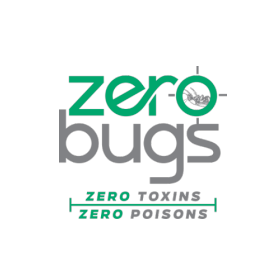a cycle of chemical dependence
For decades, the pest control industry has followed the same pattern: when insects develop resistance to a pesticide, the response has been to introduce a stronger chemical. This cycle does not solve the problem—it intensifies it. Instead of breaking free from chemical dependence, each new generation of products introduces compounds that are often more potent, more persistent, and more hazardous to human health.
Rising Risks for Families and Communities
According to the National Institutes of Health (NIH) and the U.S. Environmental Protection Agency (EPA), pesticide poisoning has forced the use of increasingly toxic formulations, raising long-term risks for families, pets, and communities. While pests adapt quickly, people and animals are left with the burden of cumulative exposure. The result is a system where the supposed “solution” keeps making the underlying problem worse—greater chemical loads in homes, schools, and neighborhoods, without delivering lasting control.














